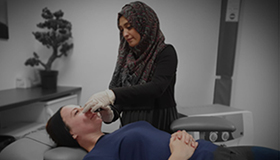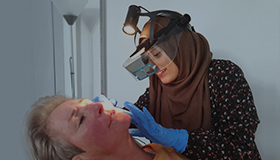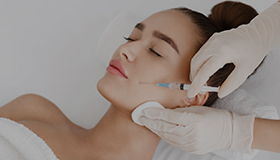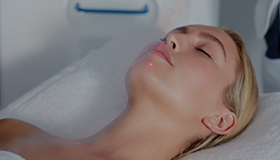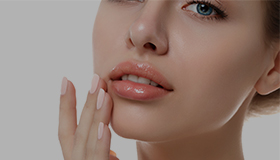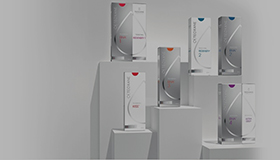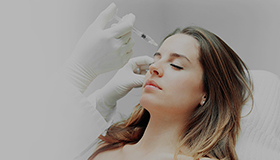Following the treatment, it is normal to experience a residual stinging which can last for up to an hour. After this, the area will often become a little red, swollen and sore and a blister may develop. There may be some weeping from the wound and a scab may develop. It is important not to pick at the wound as this may result in scarring. As the wound heals, the skin lesion will diminish or disappear. A follow up appointment will be made and further treatment applied if necessary. Sometimes the original skin lesion may reappear over time and require further treatment.
If you have any concerns that the wound may look infected (increasing redness or pain, yellow discharge or pus) then we would ask you to book an appointment with us for a review at the earliest opportunity.
Aftercare advice
Following the treatment, it is normal to experience a residual stinging which can last for up to an hour. After this, the area will often become a little red and sore and a blister may develop. There may be some weeping from the wound and a scab may develop. It is important not to pick at the wound as this may result in scarring. We do not recommend covering the area with a dressing or plaster unless we have otherwise advised you to do so. If you have any concerns that the wound may look infected then we would ask you to book an appointment with us for a review at the earliest opportunity. Healing will tend to occur over a 1 to 6 week period and more than one treatment is often needed.
During the healing process, the treated area may develop some pigment change, either darker (hyperpigmentation) or lighter (hypopigmentation). This will generally improve over a period of a few months but sometimes may persist indefinitely. If pigment change occurs, we recommend you book a review appointment with us so that we can advise you accordingly.
Rarely freezing can cause some irritation to some of the small nerves in the skin and lead to an area of numbness, tingling or hypersensitivity. These symptoms will generally improve over a period of weeks or months but if the sensation is problematic, it is best to book an appointment to discuss with the practitioner.


